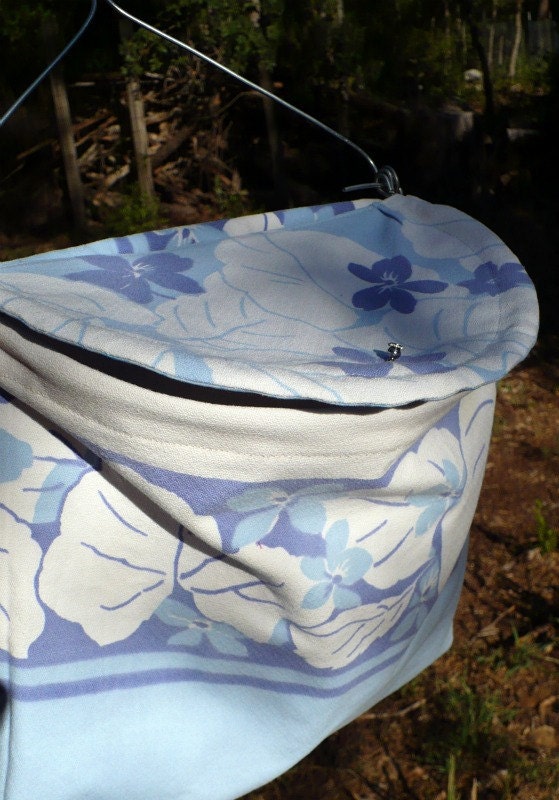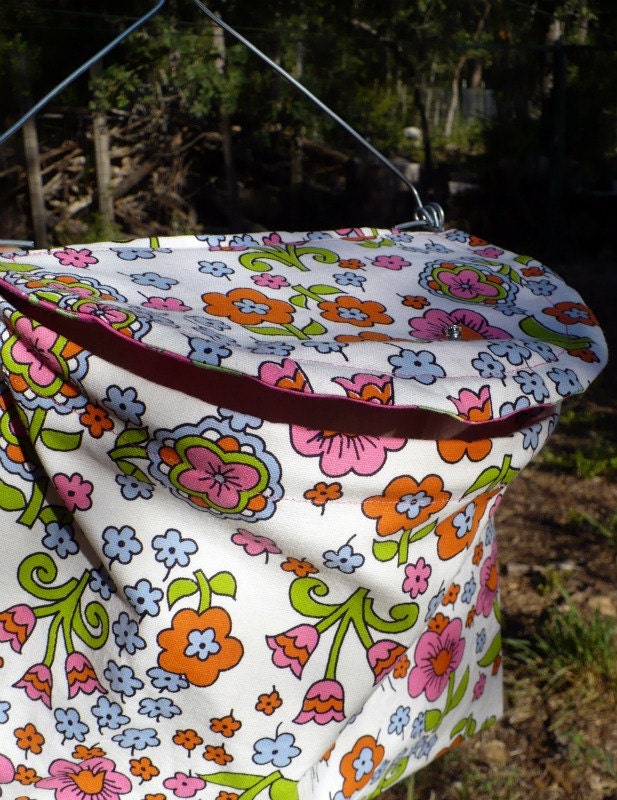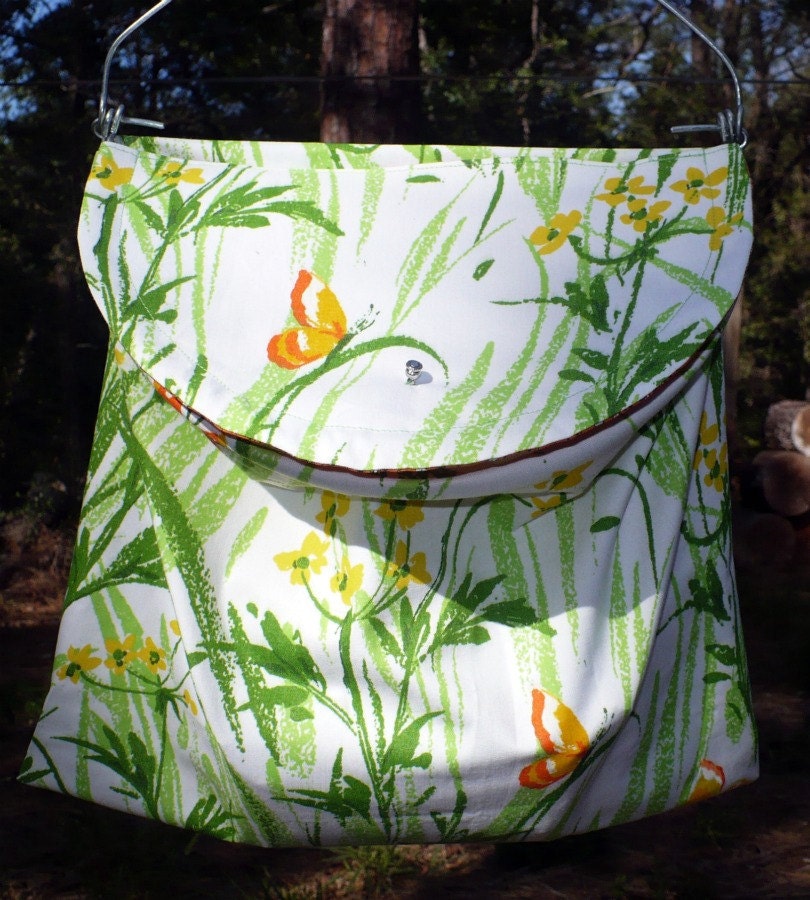Today is a busy day for the Gram’s Cookbook series – it’s preserve day!
Water Melon Preserves
Peel and cut up watermelon rind, soak several hours in salt water, pour off salt water. Cook till tender in clean water. Drain in colander til quite dry. Make a syrup of two parts of sugar to one of diluted vinegar, add a little cloves and a stick of cinnamon to taste. Cook syrup till quite thick and then put in rind. Boil slowly till syrup is thick again and the rind is transparent. Remove the spices or syrup will darken.
Marian Recbud
Ripe Tomato Pickle
One peck of ripe tomatoes, peeled and sliced, eight onions, sliced thin, one cupfull salt thrown on them. let stand 24 hours. Drain off liquor and add 1 quart vinegar, 1 pint water, 1 tablespoonful each of ground mustard, ginger, cloves and allspice. Stew slowly 3 hours and when nearly done add 2 pounds of brown sugar and 1/2 cup of white mustard seed.
Green Tomato Pickle
8 pounds green totatoes
1 pint vinegar
4 pounds brown sugar
1 t. of mace, cinnamon and cloves
Cut tomatoes in slices and add sugar. Let them boil down three hours, then add vinegar and spice and cook the whole for 15 minutes. Let cool – seal.
Spiced Peach Pickle
1 pk freestone peaches
7 pounds sugar
1 1/4 gallon cider vinegar
cloves, allspice and cinnamon to taste
Pear Pickle
6 cupfull sugar
Firm, ripe pears
sick cinnamon and cloves
1 quart vinegar
Peel and cut pears in strips. Boil the sugar and vinegar for a few minutes and put in fruit. Let it cook until tender, then remove fruit of juice. Place in bottom of jars a layer of pear with a stick of cinnamon and a few cloves. Repeat. Pour syrup over fruit and stand over night. Drain syrup and scald again. Repeat two or three more times. Seal hot.
Preserves did just what the name implies – preserve food that is available NOW for a time when it’s not. But my, how things have changed in the past century!
I grew up with my mom making our own pickles using a pressure canner and glass quart canning jars. She also canned lots of veggies and tomato sauce and our basement had shelves full of the bounty from her large garden.
But, what did they can in 100 years ago? Before that?
The modern Mason jar wasn’t invented until 1858 and used screw on zinc lids. Some earlier methods used a persnickity wax seal around the edge and was used up into the early 1900s… http://en.wikipedia.org/wiki/Canning_jar
They also used jars with hinged lids and rubber gaskets on them (now more commonly used for dry storage) but still used and sold today.
And, if you think that there’s nothing new in the canning technology land… think again! There are now reusable canning lids!
Modern pickles also use store bought vinegar – but historically, before the advent of the fancy canning jars, food fermented to achieve preservation. Think sauerkraut, kim chi and a zillion other fermented veggies out there. In addition to the nutritive quality of the food being preserved, the bacteria causing the fermentation (generally various lactic acid bacteria) may introduce some B vitamins, too. Plus, there is the health benefits of the bacteria themselves, these generally being the “good” type – and there are many reports of positive health responses to these raw foods.
There is LOTS of information out on the internet about fermenting foods – way more than I can even begin to talk about here. But, if you’re interested, there is a recipe for Fermented Sour Pickles. Now you can actually find a use for all of those old crocks that you found at your grandmother’s house!
(And, before you get all yucked out about eating bacteria, please remember that yogurt, wine, beer, bread… all use the little beasties…)
Now, the word “pickle” is a funny word. Try saying over and over…. pickle, pickle, pickle, pickle… Who comes up with these words? Well, depending on the website, it has a couple of different origins. According to the wikipedia site, the origin of the word is from the Dutch word pekel meaning brine. But, a site in the UK, The Phrase Finder, it pekel is a Dutch or Low German word meaning ‘something piquant’.
The phrase, “in a pickle” is (or maybe was) a common phrase… and means to be as disorientated or mixed up as the vegetables that make up a pickle. In my understanding, it would mean to be in a bit of trouble but nothing so serious that you can’t find your way out of it…
And, on a side note related to sauerkraut, I LOVED it as a kid. I mean, one of my favorite things. As a mom to a 3 year old, I’ve never served it to my daughter, but I apparently got it a lot at that age. So much so that I had my very own version of the word for it – “sour crap.” 🙂










